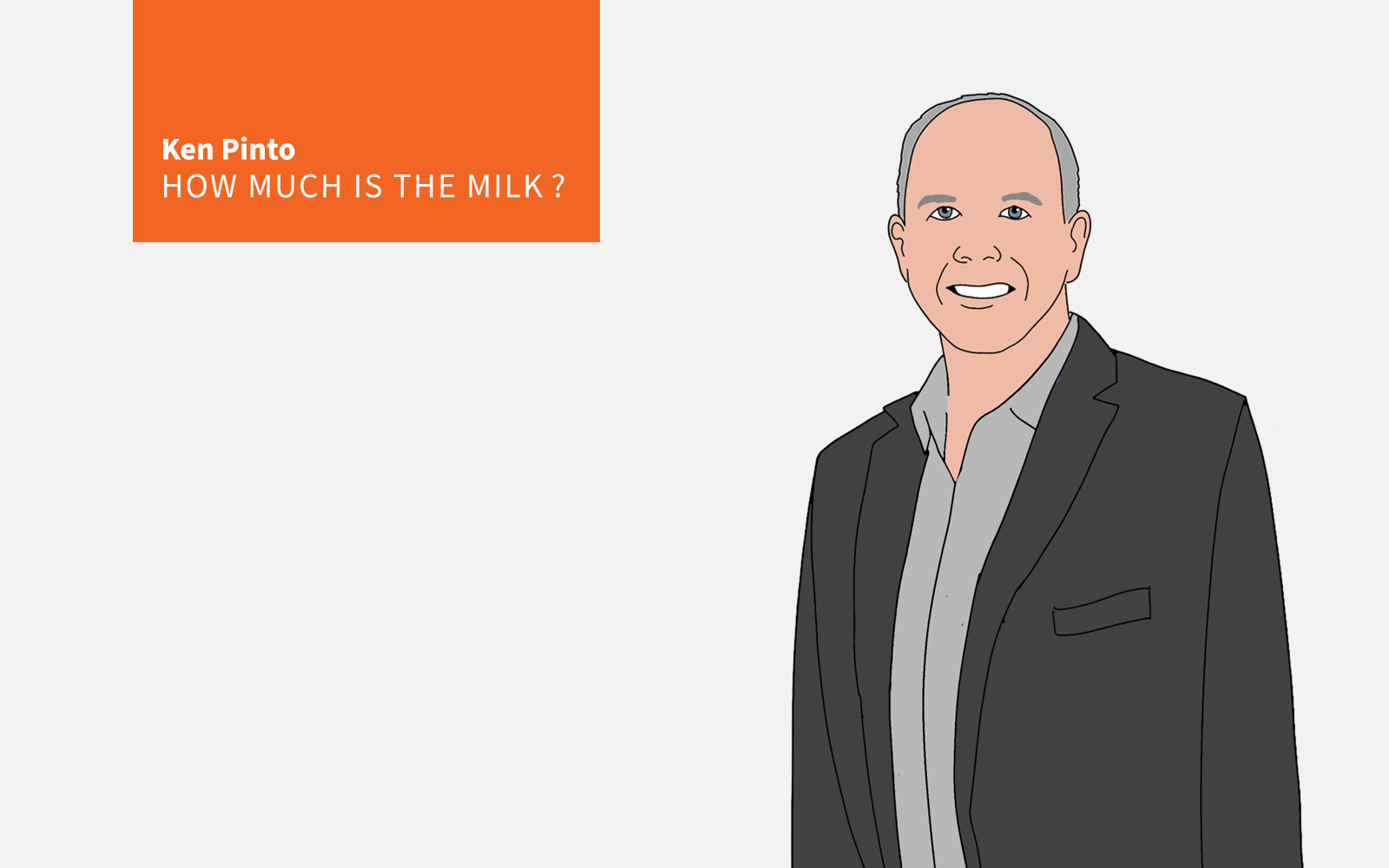Leadership
Past As Prologue: Where Subs' Field Feedback Saves Builders Money
An all-too-common path to cost control happens when builders tell suppliers, 'just get it done.' Here, from Ken Pinto's kaizen vault on throughput gains, is an alternative approach.

The year was 2004. I was division purchasing director for a national homebuilder. Here's a cautionary tale from the crypt.
We used one of the best HVAC systems available. It cost us a bit more, but we felt it contributed to what set us apart. To ease the price a bit, we worked out a deal with the manufacturer and our installer, who was a factory authorized dealer. It amounted to a classic win, win, win.
Then, what happens happened. Home sales started booming. Costs began to unspool upward, faster than we'd expected. We faced having to find a lower cost solution for some of our less expensive homes. Yet, we didn’t want to lose our installer.
We asked him to start carrying another brand of HVAC equipment.
His reaction? A litany of reasons his own costs would climb. The list included added inventory, a new manufacturer relationship, a new supply chain to figure out, new payment terms, more spare parts, training staff on the new equipment, and on and on.
My reaction? I interrupted him, and with my hand in the air said, “I don’t care, just get it done.”
Seven little words.
I wanted to care; I really did. I didn’t have time to care. Our division was doubling in size and we were drowning in work, barely staying ahead of new community starts. I discovered I was not alone in saying, "I don't care, just get it done." The whole industry was.
As home sales climbed, land prices kept pace. Expenses spiralled. In order to build homes at a lower price point we had to find ways to build with less cost. It wasn’t an option. We had to find a way.
When you are going 80-miles-per-hour and you throw the last bit of hot chocolate out the window, it blows back and slaps you right in the face. When it came to HVAC, that's exactly what happened, my own slap in the face.
I failed to recognize that my installer partner's increased costs were my costs; their overhead and operations costs burrowed their way into the price of their work.
Sometimes, we get caught up in our own processes and forget about the subcontractors and suppliers. They're supposed to be our allies in the war against higher prices.
Lesson learned
However, as much harm as those seven little words caused, the light bulb discovery was this. It was the response I should have had, rather than those seven little words. The response, under those circumstances, it makes most sense for us to consider would be a, instead, a little nine-word question; “What is it we do that costs you money?”
When we first started asking this question, we had doubts. We received safe, vague, less-than-helpful replies. Then, what occurred next made all the difference. We actually started implementing changes based on our vendor partners' feedback. Then, we doubled-down on asking the question. Each round, we'd take what we learned from the responses and apply it.
Then, what do you know? We began, gradually, to find nuggets of information in our partners' feedback that lead to a reduction in prices.
In the case of the HVAC contractor whom we'd forced to carry another brand of equipment, we didn’t revert back to a single brand. But this time around, we were doing it with a full understanding of the cost. His costs.
When our installers and suppliers feel as if their needs are important to us they will reward us with the lowest prices and best crews. Subcontractors and suppliers want to feel like part of the homebuilder’s team, rather than a costly appendage.
Asking the right question can remove barriers – barriers to your own success at managing costs – you may be unaware that you're setting up.
Drive over to a subcontractor’s office. That’s right, don't make the meeting in your own conference room. Then ask, “what is it we do that costs you money?”
Then listen. Then apply what you learn. Rinse. Repeat. It will save you money.
Join the conversation
MORE IN Leadership
Eastwood Homes, Napolitano Unite In Culture-First M&A Deal
In a rare private-to-private M&A deal, Eastwood Homes acquires Virginia’s Napolitano Homes—uniting two family-founded builders in a move that blends culture, strategic market expansion, product synergy, and generational transition.
Fire-Ready Future Forward: KB Home Builds Hardened Homes At Scale
Escondido, CA-area’s Dixon Trail becomes the nation’s first IBHS-certified Wildfire Prepared Neighborhood—fusing resilience, affordability, and innovation into a new model for community design.
KB Home Guidance Cut Bodes Sharper Sector Challenges Ahead
In a reflection of broader market tensions, KB Home — following on an earlier lowered guidance from Lennar — drastically revises its 2025 outlook downward amid weakening consumer confidence and escalating costs.
